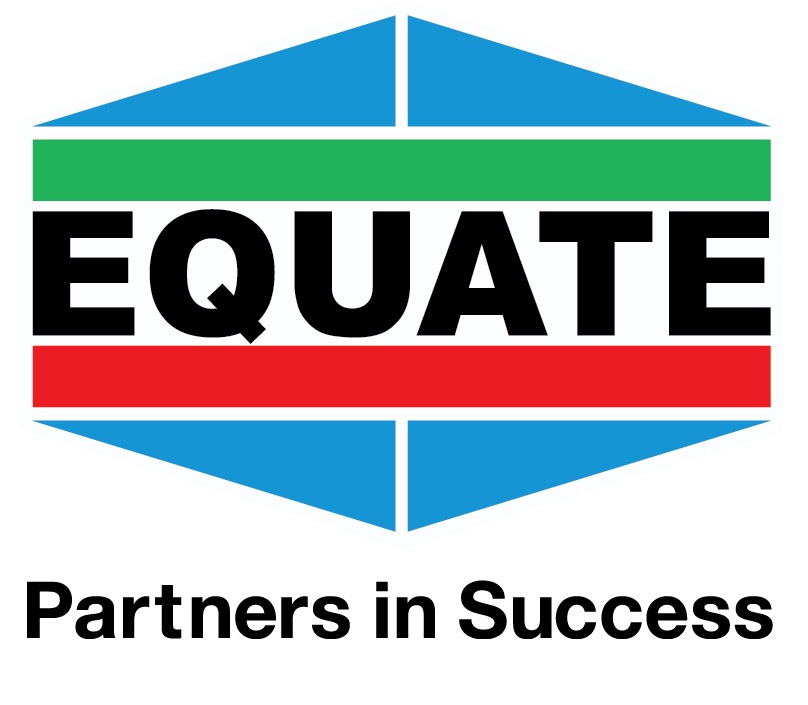Key Points in Blown Film Extrusion:
Polymer Processing: Begins with the polymer in pellet form, which is then uniformly heated and melted.
Die Expansion: The molten plastic is extruded through an annular die, expanding into a bubble by air injection.
Thickness Control: Air moving through the bubble maintains consistent pressure for even film thickness.
Orientation: The process traditionally operates in a vertical direction but can also be adapted to horizontal or downward extrusions.
Cooling Systems: Utilises both external and internal cooling to regulate the temperature and preserve the bubble's shape.
Film Formation: Solidified film at the frost line is flattened into dual layers by nip rollers.
Tension Management: Puller and wind-up rollers, assisted by idler rolls, maintain uniform tension in the film.
Finishing Touches: Post-formation, films may undergo slitting or surface treatments to meet specific application needs.
Typically utilising polyethylene, this process also accommodates the use of various material blends to enhance film properties. The evolution of the extrusion direction reflects ongoing advancements in the field, optimising the process for different production environments. The final products, ranging from simple lay-flat films to complex bag structures, demonstrate the versatility of blown film extrusion in meeting diverse market demands.















